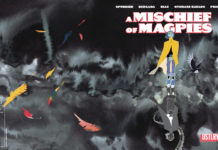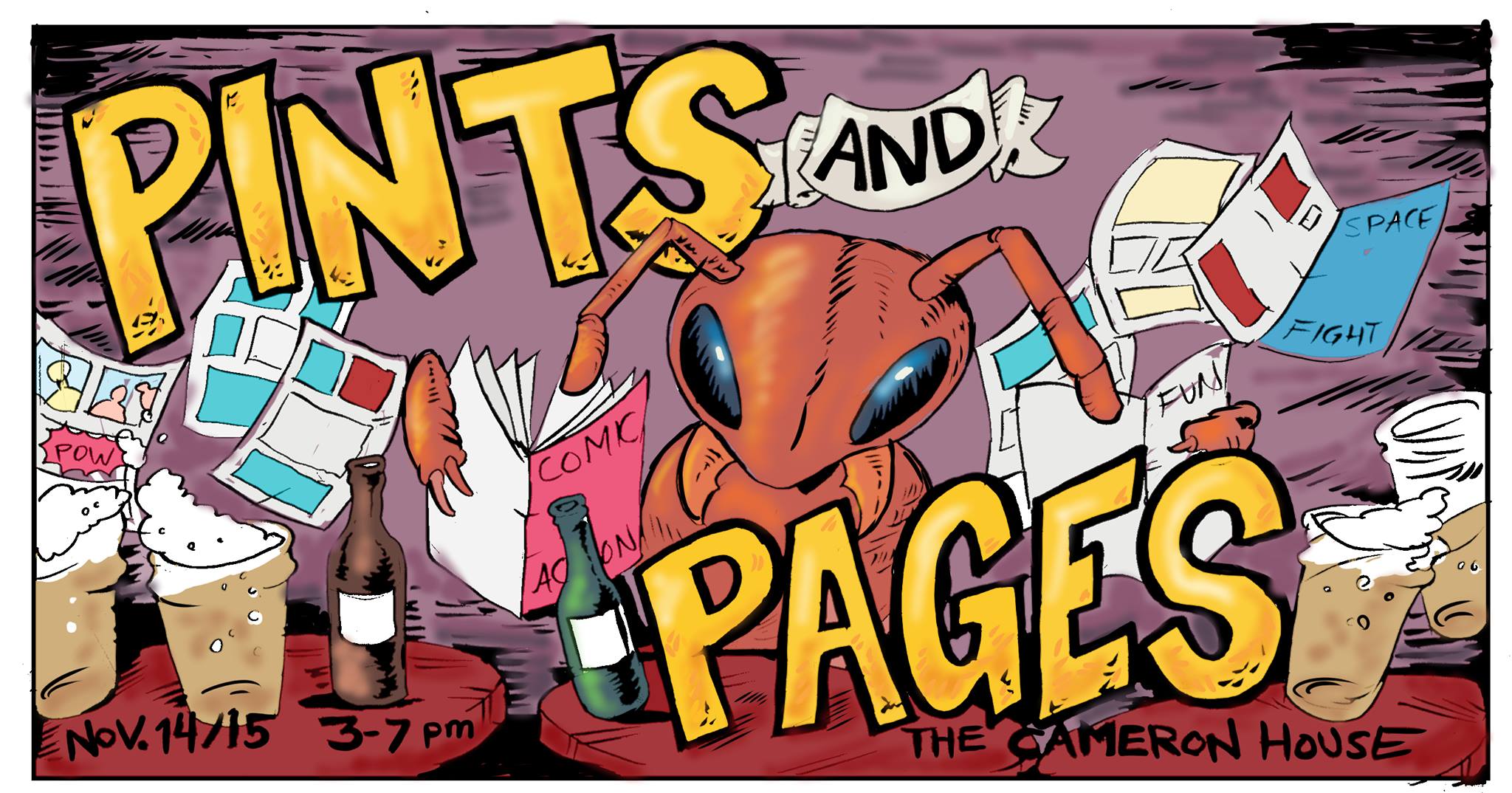

Robert Kirkman’s Secret History of Comics 105: The Color of Comics
For decades comic books have been considered a three-color art form but that is only on the printed page. Behind the scenes things the color palette had historically been singular in nature until a group of African American creators formed Milestone Comics. Founded in the early 90’s, Milestone featured super heroes of color created, written and drawn by people of color. Robert Kirkman’s Secret History of Comics 105: The Color of Comics looks at the under representation of people of color in the industry, the struggles and triumphs behind Milestone Comics and state of diversity in the industry today.
Sprinkled with interviews from African-American celebrities like Method Man, Wayne Brady and Reginald Hudlin The Color of Comics pulls back the curtain and sheds some light on an often neglected portion of the genre’s fan base. The pull of comics was strong enough to capture the imaginations of kids in the African-American community but things went to a whole new level once more characters that looked like them were present in the stories.
The Color of Comics traces the evolution of African-American representation in comics. Stereotypical and racist characters like Ebony White in Wil Eisner’s The Spirit, or White Wash Jones, who could “make a harmonica talk and watermelons disappear” in The Young Allies comics during the early 40’s are examples of characters that elicited shame among African American readers. Shame turned to pride with the debut of Marvel’s Black Panther in 1966. No longer a sidekick or there for comic relief, African-Americans finally had a character they could aspire to be. Followed by Luke Cage African-Americans had another hero that looked like them to cheer for but something was amiss. Panther was created by Stan Lee and Jack Kirby, two Jewish Americans, and Cage was lathered in the stereotypical lingo and scenarios of the Blaxploitation era. What became evident was that although representation on the printed page had improved, it was not the same behind the scenes.
Formed in the early 90’s during the rise of Hip Hop into the mainstream and artists like Spike Lee making their own movies, Milestone Media became the first comic book company owned by African-Americans, with African-American talent telling stories that reflected all aspects of their community. Founded by Denys Cowan, Derek T. Dingle, Michael Davis and Dwayne McDuffie Milestone Media made its mark in the industry. As an imprint of DC Comics, Milestone published titles such as Icon, Hardware, Static and Blood Syndicate.
Milestone’s cultural reach and financial success made everyone involved quite happy but it didn’t last long. Editorial pressures and disagreements with DC disrupted things to the point that tensions between the founding members became untenable. DC’s strained relationship with Milestone coupled with economic changes in the industry brought the groundbreaking company to a premature end.
The Color of Comics is a fascinating look at the creation of a comic book company and how the drive to create and inspire can take people to great heights. It’s also a cautionary tale how personal agendas, human frailties and the realities of business can crush dreams. Through it all however, Milestone’s story is one of hope. Hope that with enough determination and skill that dreams can be achieved and even when things look darkest there is always a chance for a second chance to succeed.
































